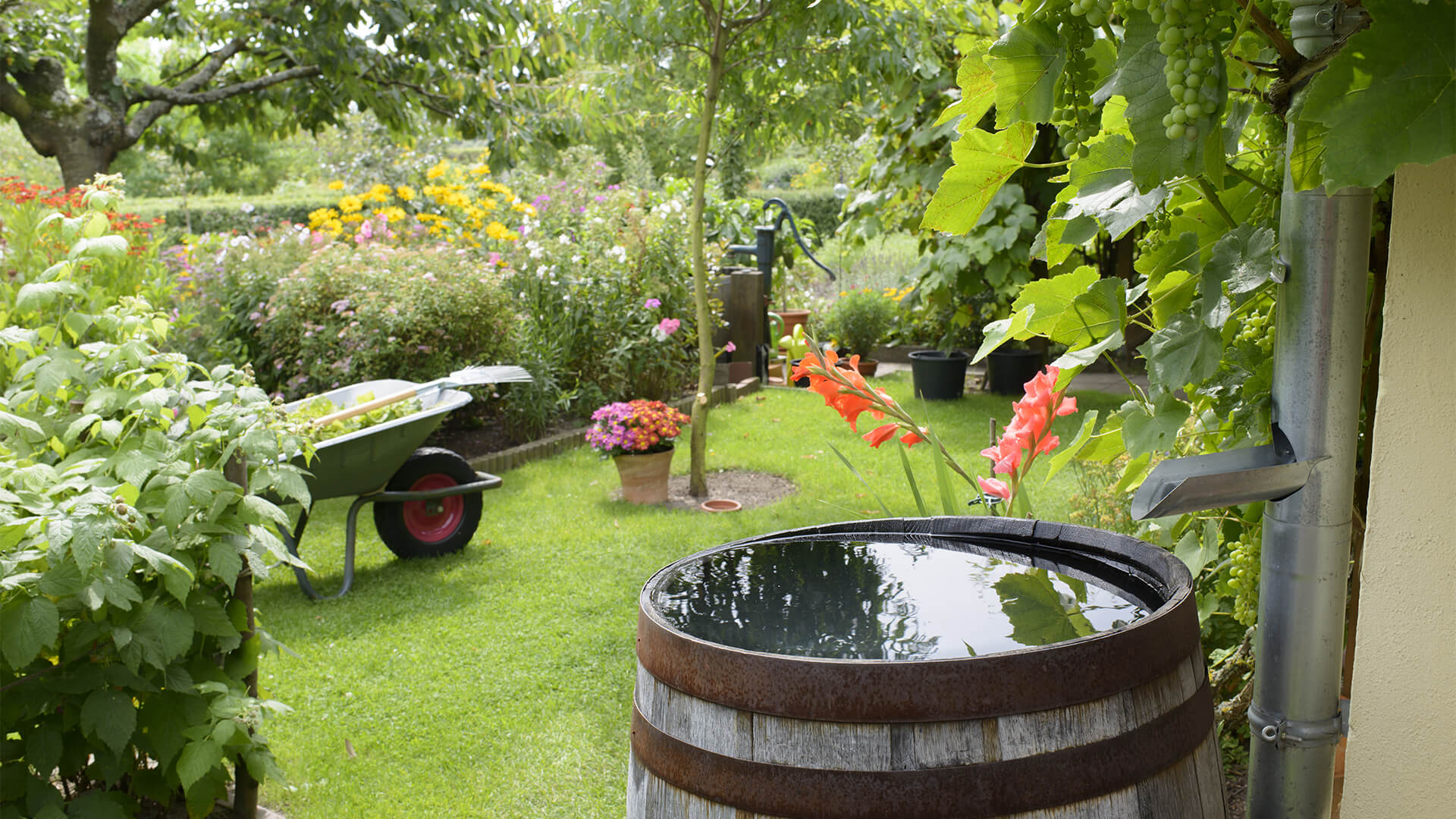During a storm, runoff water washes away a landscape’s soil or mulch. Too much rain can lead to flooding, which may damage properties. Also, the runoff water harms the environment. The sediments can pollute oceans and contain pesticides. So, controlling the flow of runoff water is critical. Here are some ways to update a home’s backyard.
1. Add Rain Barrels
Rain barrels can help to collect runoff water. They work by catching the rainwater that flows through the gutters. It can be attached to the downspout with a gutter attachment or rainwater diverter kit. Homeowners can then repurpose the water for gardening or washing their cars. Conserving water helps the planet and saves money on monthly bills.
2. Install a Swale
A swale is a shallow and vegetated channel that stores runoff water. They also help to remove pollutants. The plants absorb the water along the way, allowing it to sink into the soil. Add in rock lining and vegetation that thrive in moist conditions, such as evergreen ferns.
The system should carry the water to a garden bed with good drainage or a buried dry well. Keep in mind the sides of the swale should extend three or four times as far out as they are tall. Having this system allows runoff water to spread in a more controlled environment.
3. Place a Rain Garden
Rain gardens help prevent water from flooding streets and backyards. It is a depressed area of land that collects rainwater. They are filled with grasses and flowers. Consider planting black chokeberry or buttonbush, which can handle flood conditions better. Make sure to cover any bare soil with mulch or a ground cover plant.
The vegetation stops the water from continuing downstream. Plus, rain gardens are a beautiful and cost-effective way to enhance the landscape. They even help the environment by offering a home to wildlife, such as butterflies.
4. Create a Dry Stream
Lay down a pathway of rocks to create the look of a riverbed. It can help to prevent run-off water accumulation. In addition, it creates a stunning focal point for a backyard. Consider using stones in a variety of textures and colors for more visual appeal.
5. Use Permeable Driveway Materials
The driveway material can impact the total amount of runoff water. Gravel driveways are a good option because they are porous, so they drain easier. Concrete lasts a long time and can help safeguard local water quality under the right circumstances. You can also use permeable pavers, such as pervious concrete or interlocking pavers.
Also, try decorating the walkway with pea gravel or rocks. These can slow the spread of the water. The water will also drain faster, preventing puddles. The stone can also increase the property’s curb appeal.
6. Go Green With the Roofing
Green roofs are an excellent way to help manage storm runoff water. The roof is a layer of vegetation that is placed over a layered waterproof system. The plants absorb the rain before it even gets to the ground. Some roofs can retain about 55% of annual rainfall. Green roofs can also improve air quality and lower interior temperatures.
7. Create a Sloped Layout
Having slopes on a property slows down the spread of the runoff water instead of letting it approach the home and its foundation. Line the slope with stone and plant grasses and flowers. The slope will redirect the excess water away from the property.
8. Redesign the Patio
Having a deck is a great way to entertain. Although, the material contractors use can impact how much runoff water accumulates. So, replace the concrete with pavers, flagstones, or bricks. That way, the water can soak into the gaps. You may also want to install a patio drain to redirect water away from the home. Fill the drains with stone or gravel.
9. Plant More Trees
Like flowers, trees can help absorb runoff water. Their branches can also slow down the rainfall and spread it over a larger area. Planting trees also has other benefits, such as cooling the air. With cooler airflow in the summer, homeowners can likely lower their monthly expenses. The trees also have environmental benefits, like improving indoor air quality. They help to absorb pollutants from the atmosphere.
In addition, they improve mental health and can encourage economic growth.
Also, a space with more trees creates a relaxing environment and adds to the curb appeal. Therefore, a house with more natural beauty increases its resale value. In fact, a property with trees can increase its value by 3% to 15%.
10. Consider a Rain Chain
These are decorative features that act as an alternative to downspouts. The rain chain is connected to the gutters and allows the water to naturally flow down the chain. The system helps people manage runoff water more effectively. Also, the device is less likely to become clogged. One of the popular reasons for using one is its aesthetic appeal. They come in ornate or colorful designs, such as lilies. Plus, the installation is simple and affordable.
Design a Landscape for Stormwater Runoff
When building a home, landscaping is an important factor. It impacts the curb appeal and even the functionality of the property itself. If not properly managed, runoff water can lead to flooding or soil erosion. So, follow these tips to divert runoff water away from the home and protect your investment.
By Evelyn Long, Editor-in-Chief of Renovated.
































